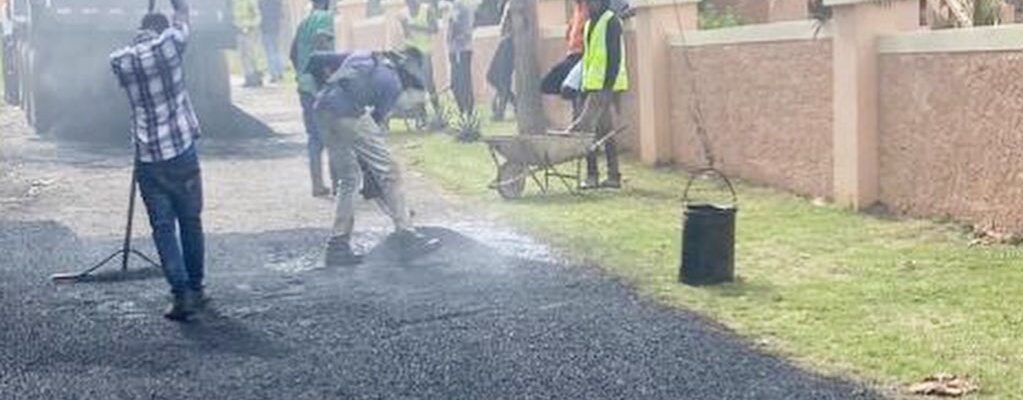

By Rohan A Grant, JP
The Jamaican government’s recent efforts to improve road infrastructure are a promising step forward and must be commended.
With plans to renovate over 2,000 roads in the next two years under the SPARK initiative (Shared Prosperity through Accelerated Improvement to our Road Network), the efforts have already started. This initiative shows a commitment to addressing the deteriorating road conditions impacting daily commuters, and it has set the groundwork for positive change. It will comprehensively address road improvement ensuring proper drainage, sidewalks, and the proper laying of pipes and fibre. This should ensure that our roads have a longer lifespan.
However, to truly ignite lasting improvements, the effort needs a steady flame—a strategic, long-term approach that builds on this foundation for sustainable success. In other words, for this SPARK to burn brightly, the roadwork initiative should focus on essential elements such as precise planning, effective supervision, and high-quality materials. These elements serve as the fuel to keep the flame of progress alive, ensuring that resources and taxpayer money are invested in repairs that stand the test of time.
From where I sit and observe some of the activities including what is happening on the new highway in St. Thomas, some key adjustments are required that would auger well for the longevity and sustainability of this initiative. My personal “SPARK” strategy—focused on Scheduling, Planning, Accountability, Resurfacing, and Keeping standards high—offers a pathway for a lasting impact on road conditions in Jamaica.
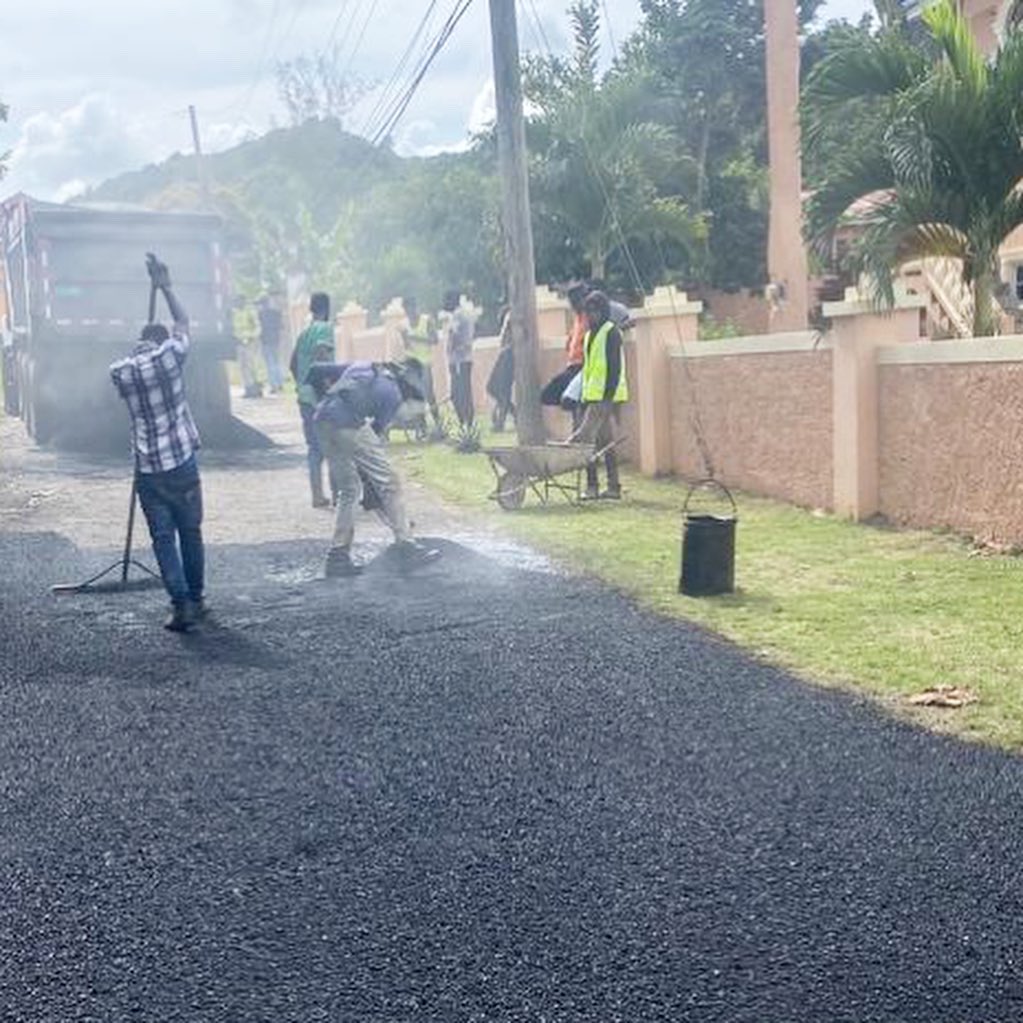
‘SPARK’ Strategy for Effective and Sustainable Road Repairs
S – Schedule Repairs for Off-Peak Hours
Traffic flow is a vital consideration in roadwork planning. Carrying out repairs during peak hours, when many are commuting to work or school, causes severe congestion and disrupts daily routines. Taking my daughter to school requires detailed planning and navigation daily. Scheduling road repairs during off-peak hours or at night can significantly reduce these disruptions, allowing the public to move freely without delays. Additionally, nighttime temperatures are more suitable for laying asphalt, as cooler conditions allow it to set and bond more effectively, making the repairs last longer. Implementing this timing strategy respects the needs of commuters and improves the quality and longevity of the repairs.
P – Plan for Independent Supervision
The quality of road repairs depends on vigilant oversight, especially when handling public funds. Independent supervision is essential to monitor roadwork projects, ensuring they adhere to high standards from start to finish. Supervisors unaffiliated with the project contractors can help identify any shortcuts or material substitutions that could compromise the road’s durability. This accountability reduces the risk of quick, low-quality fixes that break down within a short period, guaranteeing that taxpayer money is spent on effective, sustainable repairs. Independent oversight also ensures that contractors follow industry best practices, reinforcing transparency and trust in public projects.
A – Apply Comprehensive Resurfacing for Larger Damages
In many cases, patching alone fails to address the root causes of road deterioration, especially when larger areas are affected. Applying patches to deep or widespread damage is akin to using a band-aid on a significant wound; it may offer temporary relief but doesn’t resolve the underlying issues. For sections with extensive damage, a comprehensive resurfacing approach is far more effective. Resurfacing involves not only fixing the surface but also reinforcing the sub-base, creating a stronger, more durable foundation that resists erosion and wear over time. This method not only extends the lifespan of the repair but also reduces the need for repeated maintenance, saving resources in the long run.
R – Reinforce with Quality Materials
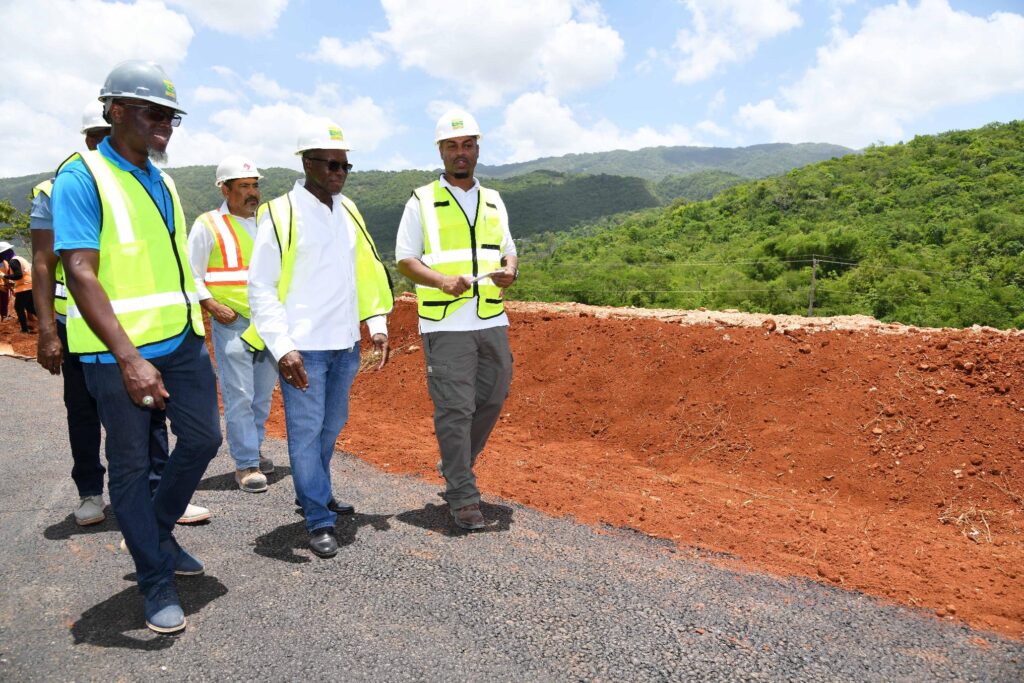
Quality materials are critical to road durability. Using high-grade asphalt and other materials designed to withstand heavy traffic and varying weather conditions enhances the road’s resilience. While quality materials may increase initial costs, the long-term benefits outweigh these expenses by reducing frequent repairs and minimizing maintenance needs. Low-grade materials deteriorate quickly under regular use, leading to more potholes and damage. By investing in quality from the outset, the government can ensure that roads remain functional and safe for longer, reducing the financial and logistical burdens of continuous maintenance.
K – Keep Standards High
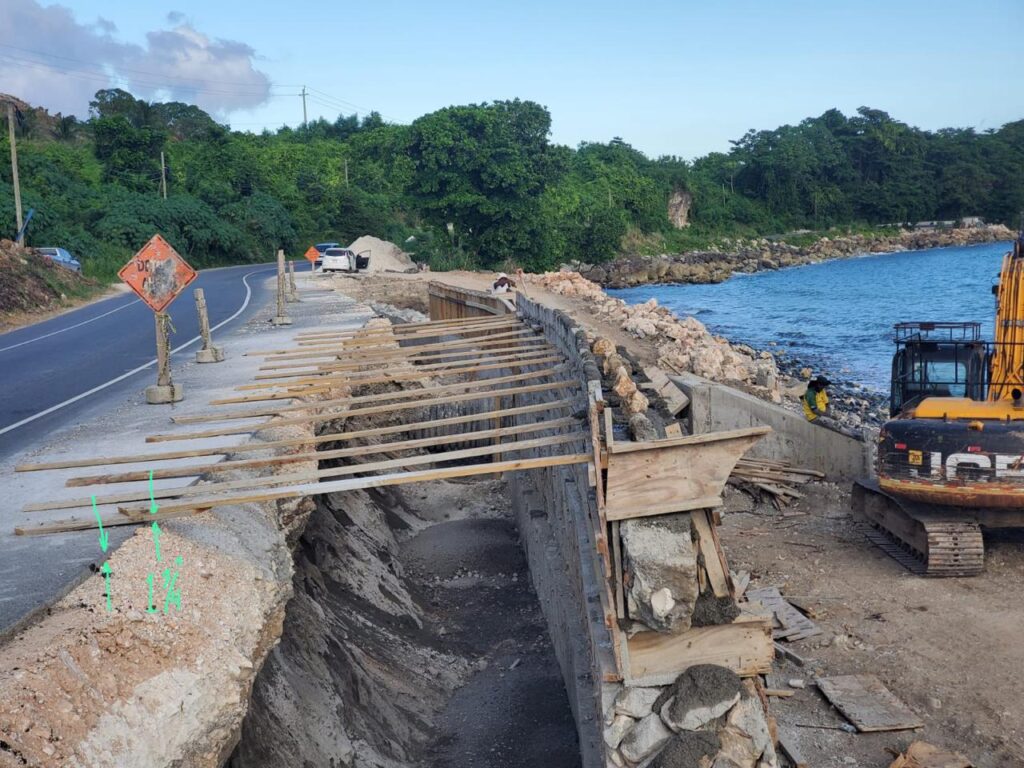
Establishing and maintaining high standards throughout all stages of road repair is crucial to creating a road network that serves the public well. High standards involve adherence to rigorous guidelines in planning, materials selection, execution, and quality control. This commitment to excellence not only makes roads safer and more reliable but also ensures that the infrastructure will serve the country’s needs over time. Regular inspections, adherence to industry best practices, and a focus on long-term outcomes help in maintaining these standards. By prioritizing a culture of quality, road repair initiatives can move from temporary fixes to creating lasting improvements that benefit the entire country.
While many may say that I should stay in my lane of “construction”, I am first and foremost a citizen of Jamaica with no plans to leave. This “SPARK” strategy is but a mere recommendation that presents a clear framework for moving Jamaica’s road repairs from short-term solutions to sustainable development. With scheduling that respects public needs, independent supervision for quality assurance, a focus on thorough resurfacing, quality materials, and a commitment to high standards, Jamaica’s road infrastructure can achieve long-lasting improvements. This strategy doesn’t just patch roads—it builds a foundation for a safer, more efficient transportation network that supports Jamaica’s growth. The potential is there—now is the time to keep the flame of progress alive, paving a path to enduring road quality and improved mobility for all Jamaicans.


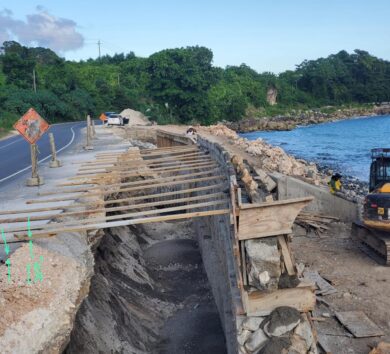




Comments